│By Lindsay Whitaker-Guest, Associate Editor│
In June 2024, an extremely rare white bison (buffalo) calf was sighted in Yellowstone National Park causing great excitement amongst visitors, wildlife researchers, and most significantly local Native American people.
The birth is ecologically and culturally important, but above all symbolises the momentous recovery of the American bison, which according to Native American traditions is an indication of a brighter future. But why has the birth of this adorable creature been so celebrated? And what might this mean for the future of the American bison?
The Prophecy
The birth of a white bison calf is a rare occurrence which invokes a Native American prophecy that is believed to mean great changes are coming or prayers are being heard. Different Native American peoples have their own versions of the prophecies but threaded through each story is the white buffalo as a symbol of hope.
When I read news reports about the birth of the white calf naturally, as a member of the editorial team, I turned to Gale Primary Sources archives to investigate. I found different accounts of the white bison story, one of which was recounted in The Native American – a publication of the Phoenix Indian School – from 1929, which features in Indigenous Peoples of North America.
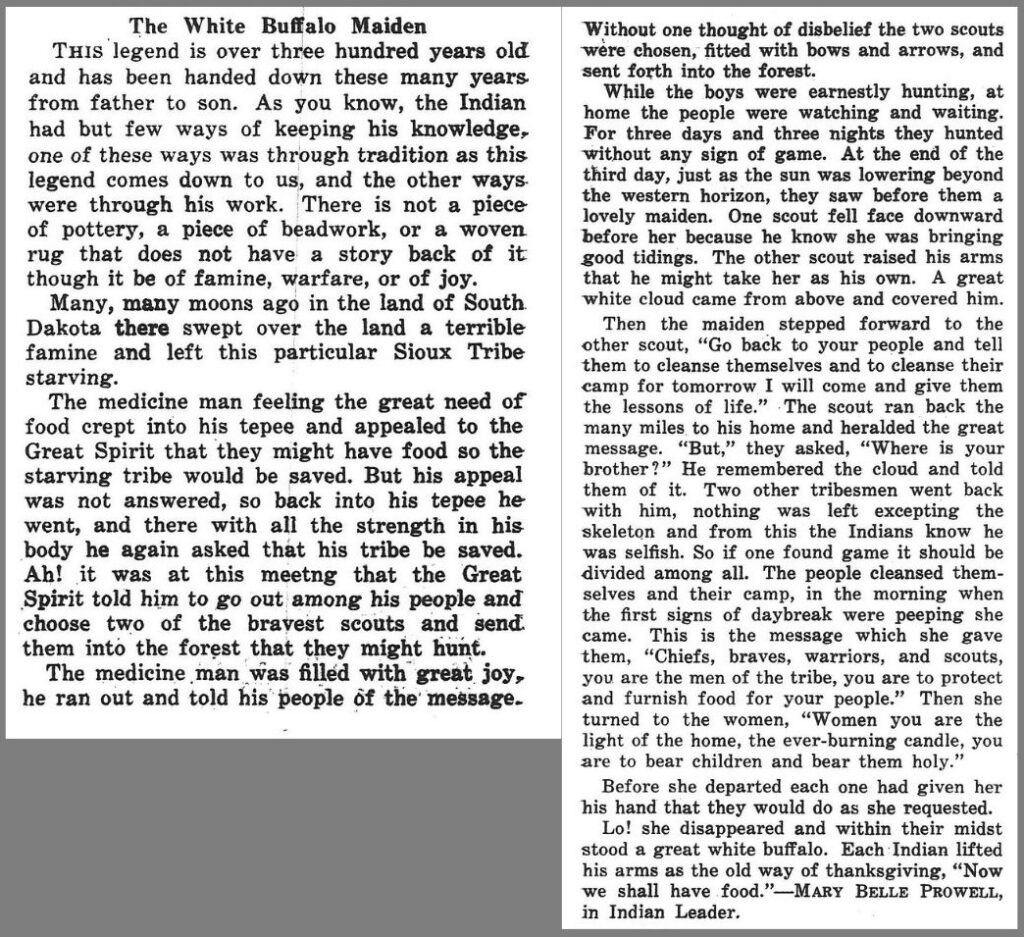
In this telling of the prophecy from the Sioux people, two scouts are sent out to find food for the starving village people. Whilst out hunting they come across a lovely maiden who sends them back with a message, when she disappears in her place there is a white bison. They know from the presence of the white bison that they will have food and are saved from starvation.
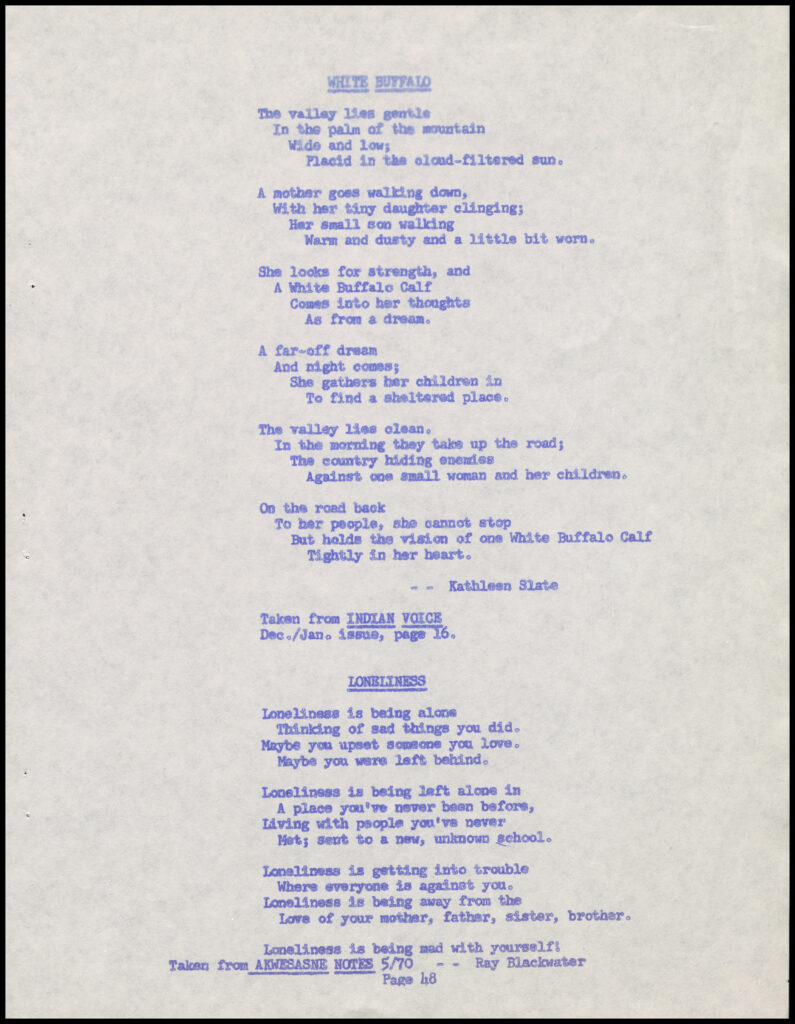
This poem, also from Indigenous Peoples of North America, repeats the motif of the white bison as a symbol of hope. A mother is travelling with her small children, alone and vulnerable, she envisages a white buffalo to protect her and give her the strength to carry on with her journey back to her people.
The History of the American Bison
Bison are not only important to Native American peoples; their near extinction and recovery is one of the most significant incidents in the recent environmental history of the United States. It has been estimated there were around 60 million bison in North America before 1800. Although they were hunted by the indigenous peoples of the great plains, the population was stable. Professional hunting by European settlers and later the U.S. government led to the near extinction of the species around 1890, with their numbers dwindling to just 300.
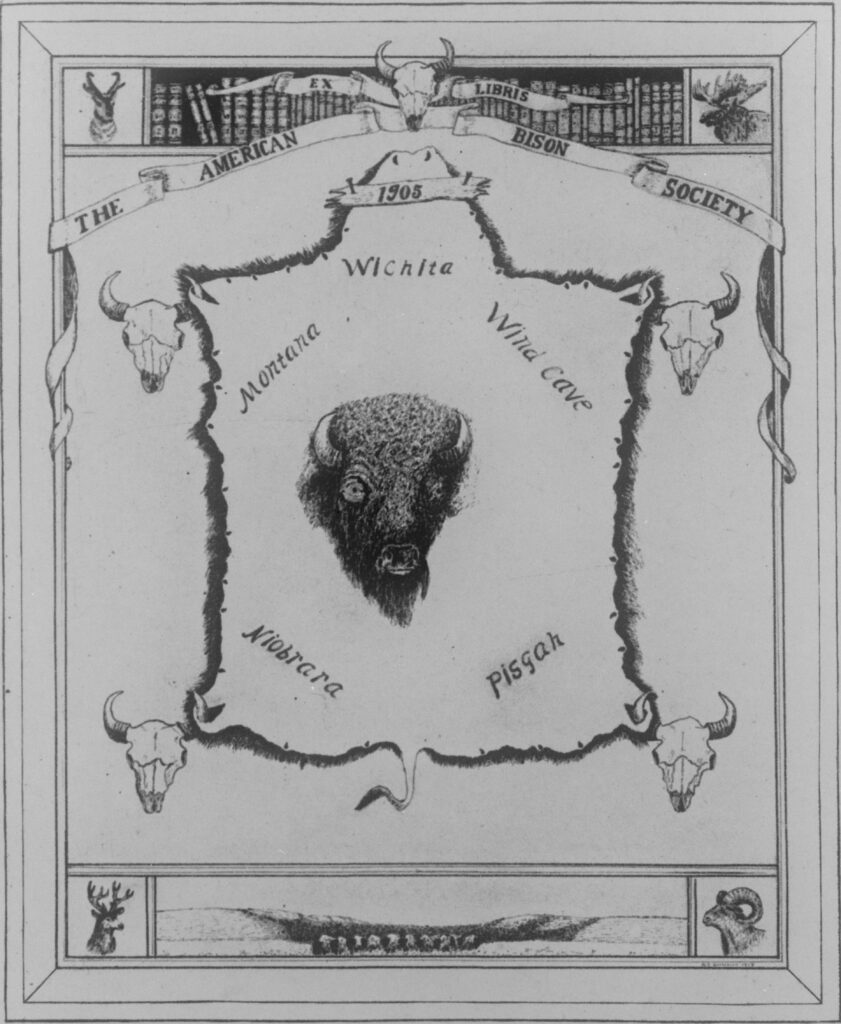
The American Bison Society, whose records can be studied in Environmental History: Conservation and Public Policy in America, 1870-1980, was founded in 1905 in reaction to the dramatic decline of North America’s largest land mammal. The mission of the society was to permanently preserve and increase the bison population. They helped to achieve this by lobbying for protective legislation and the creation of bison herds and ranges.
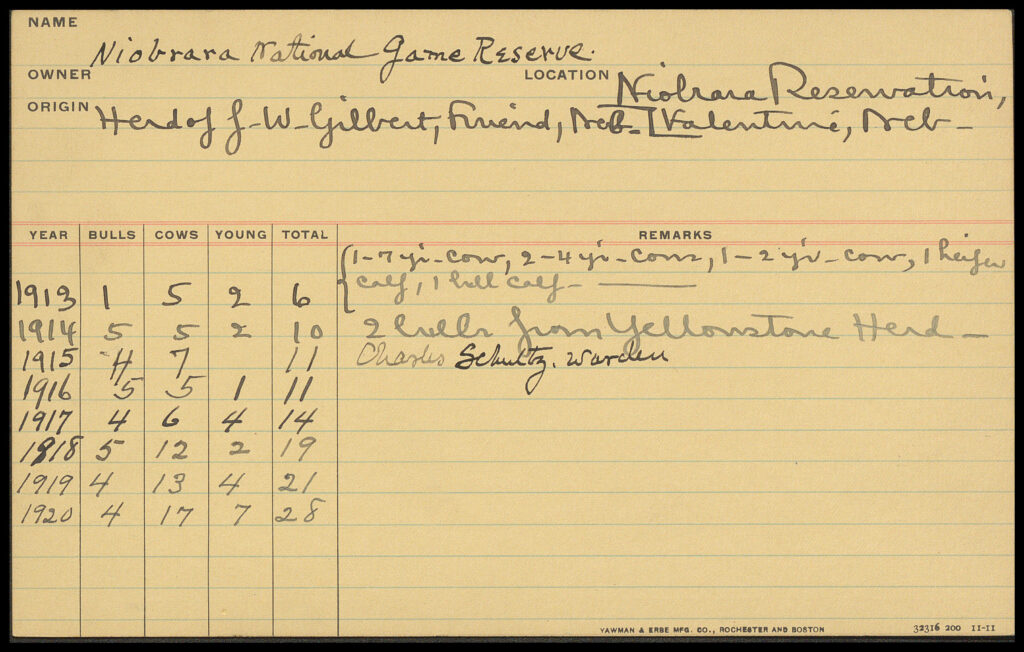
The Society’s records are full of interesting data such as the census reports on bison populations which they collected each year from 1908 until 1934. The census records also contain information on populations from across the world, not just North America.
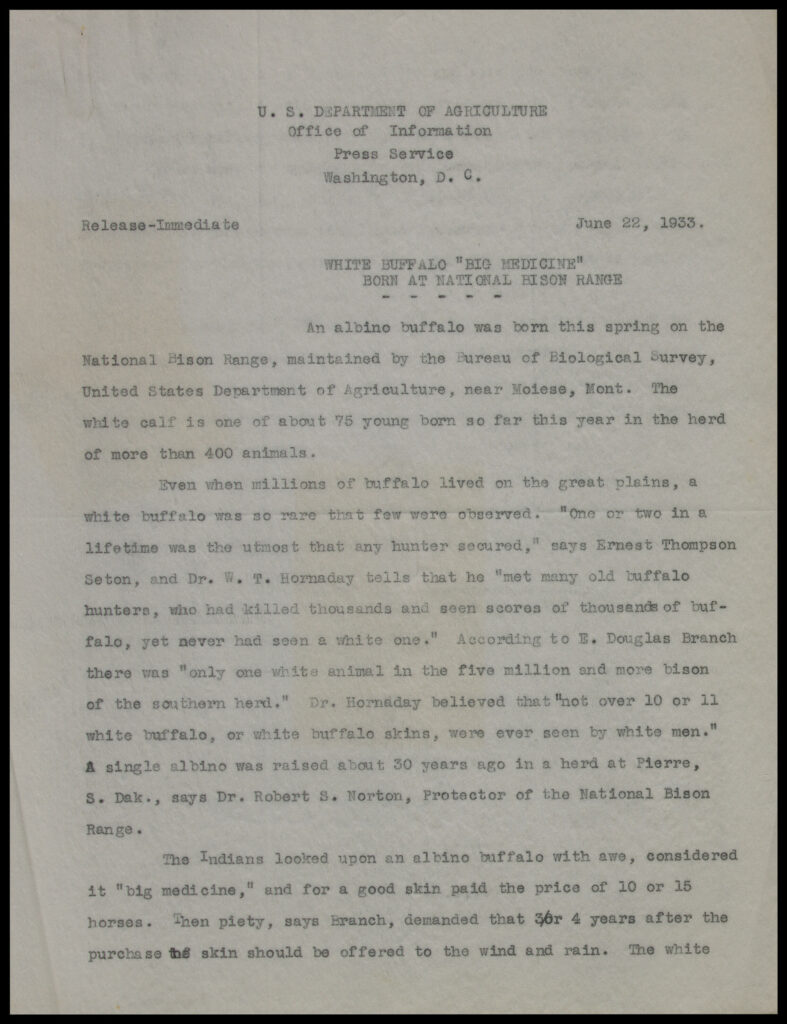
This letter from the Society’s records reiterates the rarity of white bison whilst excitedly announcing the birth of a calf in 1933. Even when bison were more numerous there was “only one white animal in the five million and more bison of the southern herd.” This calf was later named Big Medicine and, after its death, was preserved for display at the Montana Historical Society. It appears the birth of a white bison has always been a significant event.
The Recovery
Just as the prophecy of the white bison is a story of hope, the recovery of the American bison population echoes the optimism of the tale. In 1894, an Act of Congress known as the Lacey Act, stipulated that poachers on public lands would be punished – this helped Yellowstone’s managers to start recovering bison numbers. Further careful conservation, stewardship, and advocacy by organisations, including the American Bison Society, saw bison numbers steadily recover over the twentieth century, rising to 360,000 by the year 2000.
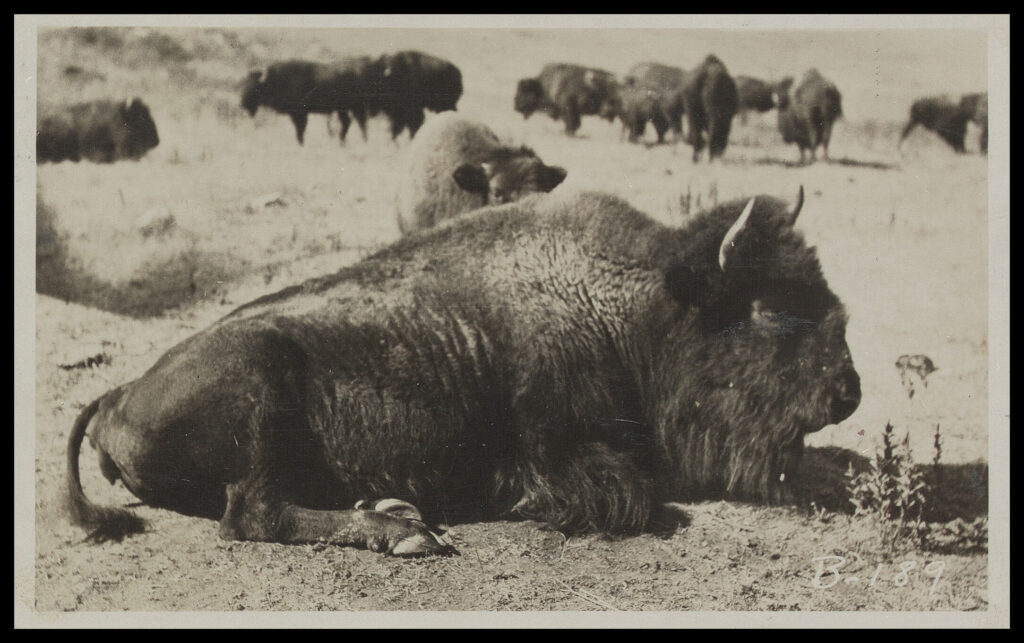
Today, Native American peoples are active participants in bison conservation through significant organisations such as the Intertribal Buffalo Council. The Council focuses on reestablishing herds in order to restore the ecosystem and they promote the cultural and spiritual significance of the bison to indigenous peoples.
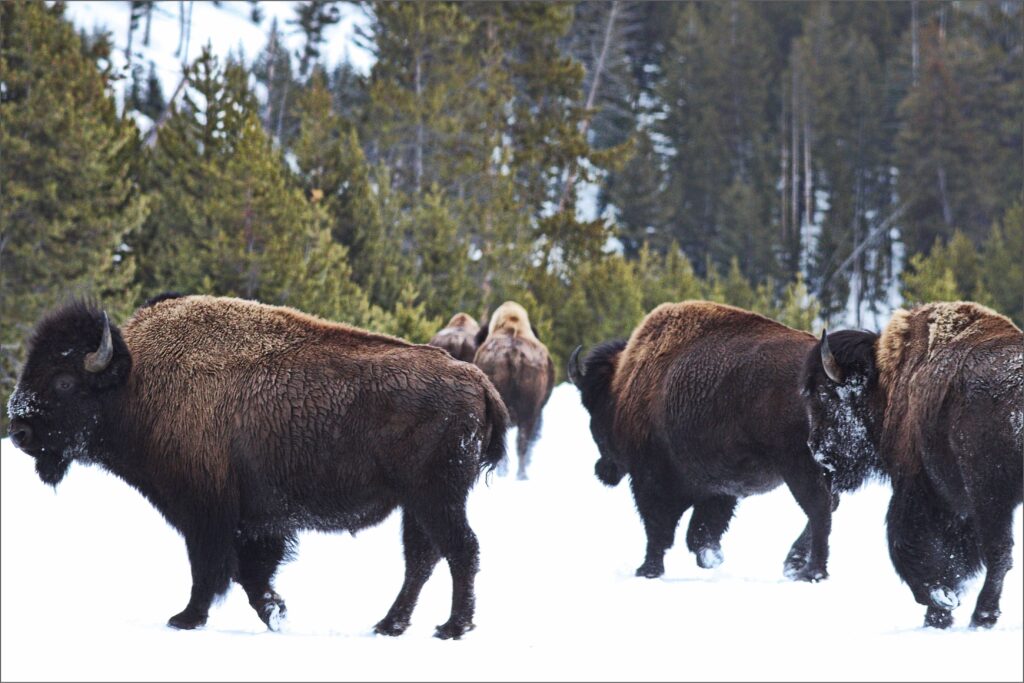
Yellowstone National Park, home to the newest white bison calf, also houses a wild bison herd. However, the herd is limited to just 5,000 animals to protect cattle grazing. Thanks in part to advocacy by Native American organisations, surplus animals are now relocated to tribes across twelve states through a transfer programme, instead of being sent for slaughter. The National Park authorities are also considering a proposal to expand the herd for the first time in decades.
Sacred Returns
Supporters and Native Americans from nearly a dozen tribes gathered at an event in June 2024 to celebrate the birth of the white calf at Yellowstone National Park. The calf has been named Wakan Gli, meaning Sacred Returns in the Lakota language – a fitting moniker for this young animal which represents a new hope for the species and the indigenous people who will treasure it.
If you enjoyed reading about the American bison check out these posts:
- The First Module in Gale’s Environmental History Series – Conservation and Public Policy in America, 1870-1980
- The Mystics of Environmental History and Ethnobotanical Research
- Canaries in the Coal Mine
Blog post cover image citation:
Albino Bison. 1933; 1937. MS American Bison Society Records, 1899-1949: Series 8: Photographs Photo Box 1, Folder 1. Denver Public Library. Environmental History, https://link.gale.com/apps/doc/ODMTTD124949801/ENVH?u=webdemo&sid=bookmark-ENVH&xid=1033c8ae&pg=1

